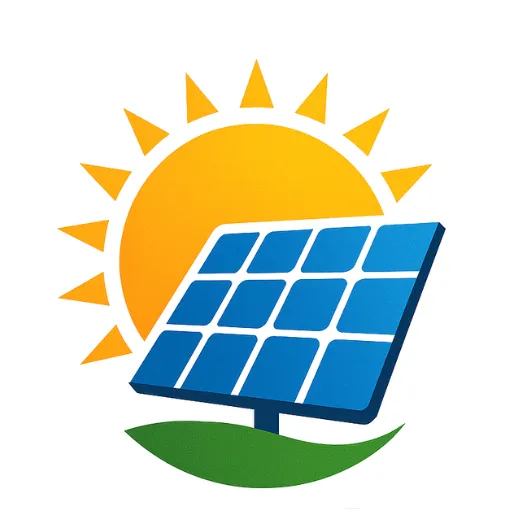When choosing solar panels for your home or business, the type of solar cell used can significantly impact efficiency, performance, and longevity. Two of the most common types in today’s market are N-type and P-type solar cells. But which one is better, and why? Let’s break it down.
Understanding the Basics: N-type vs. P-type
P-type solar cells are made by doping silicon with boron, which creates a positively charged layer (hence “P-type”). These have been the industry standard for decades due to their lower production costs and widespread adoption.
On the other hand, N-type solar cells use phosphorus to dope silicon, resulting in a negatively charged layer. While slightly more expensive to produce, N-type cells are quickly gaining popularity due to their superior performance characteristics.
Key Differences at a Glance
1. Efficiency:
N-type cells generally offer higher efficiency than P-type. This is because they are less prone to light-induced degradation (LID), meaning they maintain their performance over time better.
2. Longevity:
Since N-type cells don’t suffer from the same oxygen-related degradation as P-type, they typically come with longer warranties and longer-lasting output.
3. Performance in Heat and Shade:
N-type panels handle high temperatures and partial shading better, making them ideal for diverse climate conditions.
4. Cost:
P-type panels are still more affordable upfront. However, as manufacturing tech improves, the cost difference between the two types is shrinking.
Which One Should You Choose?
If budget is a constraint and you need a quick return on investment, P-type panels might be a suitable choice. However, if you’re aiming for maximum efficiency, longer life, and better overall performance, N-type panels offer a smarter long-term solution.
Many premium solar brands, including SunPower and REC, now offer N-type panels due to their cutting-edge efficiency and durability.
Conclusion
The solar industry is evolving rapidly, and N-type cells are likely to become the future standard. While P-type cells still dominate in terms of global usage, N-type cells are clearly ahead in technology and performance. If you’re planning to invest in solar energy for the next 25+ years, N-type solar cells are definitely worth considering.
Read More:
- The Critical Role Of Solar Panel Backsheets: Supporting And Protecting Solar Cells
- Solar Panel Recycling: Trash For Cash (2025 Guide)
- Solar Inverters: A Key Component in Solar Power Systems
- Flexible vs. Rigid Solar Panels: Which One Should You Choose?
- On-Grid Solar System Vs. Off-Grid Solar System: Which One Is Right for You?

